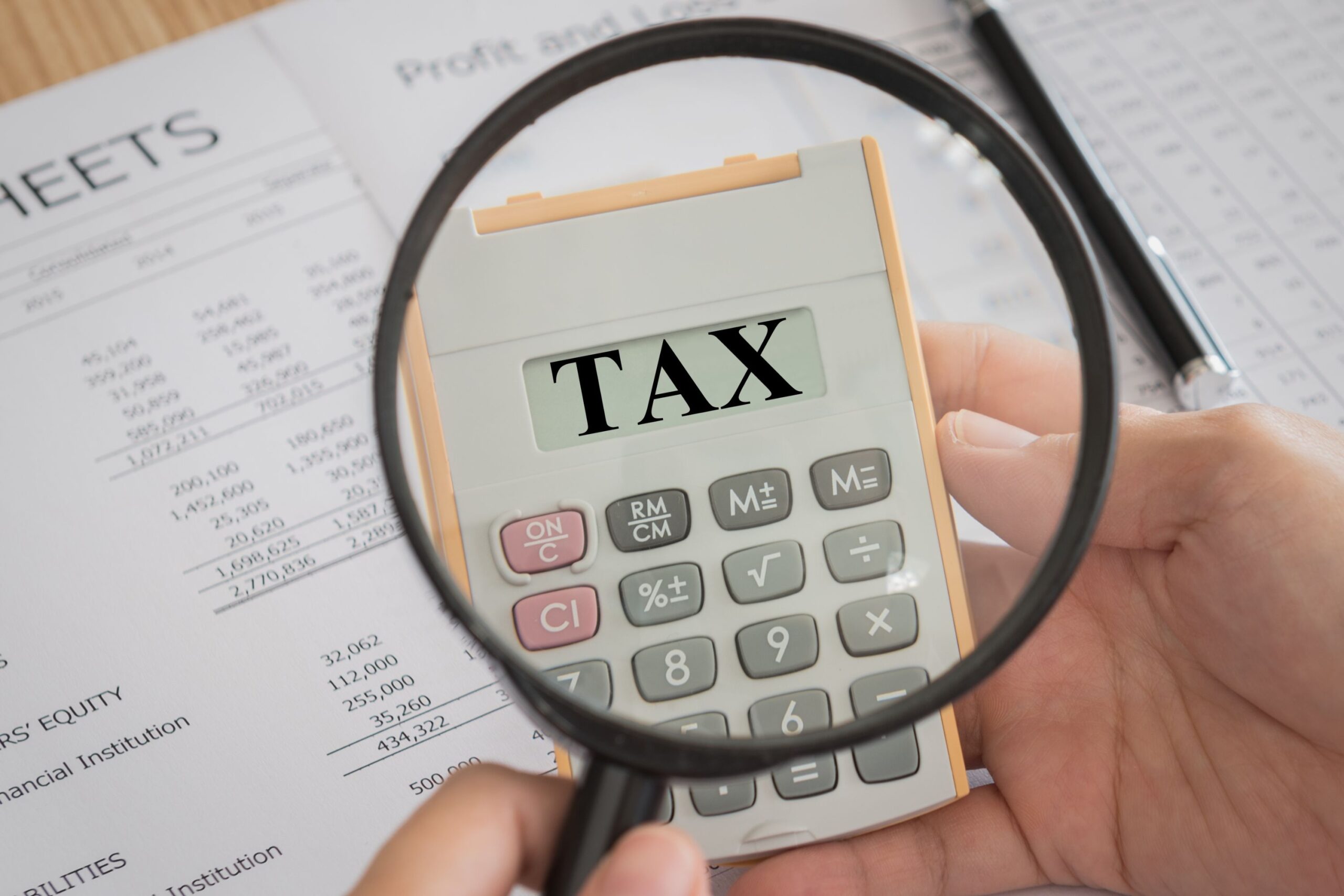Every employee in the UK has a tax code – regardless of whether you work full-time or part-time. It allows your employer to work out how much income tax and national insurance should be deducted from your wages or private pension. This is via the Pay as You Earn (PAYE) system.
Only individuals who are self-employed don’t have a designated tax code, and that’s because they send in a self-assessment form to the government every year, which then works out how much their income tax and national insurance bill is.
What is a tax code?
But, getting back to the tax code… this takes the form of numbers and letters which is provided for you by the government. Don’t just leave it there though.
It’s always important to check that you’ve been given the correct code – otherwise you could be losing out on a lot of money or worse, get a tax demand to pay up a lot of money because you’ve been underpaying (even though you didn’t designate the tax code in the first place). If you have been underpaying through no fault of your own you’ll be given reasonable time to pay back the missing tax.
The tax code changes every time the personal allowance threshold is increased (or decreased). That’s because the numbers in the code correspond with the amount you are allowed to earn annually before paying tax. This is called your personal allowance and is currently £12,570 for the 2023/2024 tax year. If you’re married or in a civil partnership then you’ll be allowed to earn more. Someone who is blind will also have a higher allowance figure.
Checking your tax code
You can find your current tax code in various ways, such as:
- On your wage slip
- On a P45 (which you get when you leave a job)
- On a P60 (from your employer and shows how much tax you’ve paid that year)
- On a private pension advice slip
- Online via the government website where you can see your personal tax page
- A tax code notice from HMRC
- Ask your work’s HR department
What do the letters in the tax code stand for?
- L – you’ll get the basic personal allowance
- BR – you won’t get a personal allowance because it’s is already being used for your principle job or pension. You’ll be taxed basic rate of 20% on both jobs
- DO – you’ll be taxed at the higher rate of 40%
- OT – you’re taxed at the additional rate of 45%
- K – you don’t have a personal allowance because you’re paying back tax or work benefits you get are more than the personal allowance figure
- Y – you’re older than 75 and entitled to the maximum personal allowance
- M or N – Your non-tax-paying spouse or civil partner has transferred £1,260 of their personal allowance to you (who are on a basic rate)
- NT – you won’t pay any tax on income from your job or pension
- T – your tax code is complicated and HMRC want to review it
- W1 – you are paid weekly and currently on an emergency tax code
- M1 – same as above but you’re paid monthly
- X – another emergency tax code
When you’re put on an emergency tax code you’ll pay more than you usually would. It’s because the government hasn’t had the correct up-to-date information to work out your tax code yet.
This usually happens after an individual changes jobs or moved from being self-employed to employed. It can also be if you’re no longer receiving benefits from your job or you’ve started receiving state benefits which are subject to tax.
Tax categories and how much you’ll pay
- Basic-rate taxpayers are charged at a rate of 20 per cent of income.
- Higher-rate taxpayers (those earning from £37,701 to £125,140 pay 20 per cent
- Additional rate taxpayers (with an income of £125,140 and above pay 45 per cent.
How to check your income tax code
It’s possible to find out how much tax you’ve paid for the current year, and what your code is, by accessing the government website here.
If you believe you’ve paid too much tax then you can contact HMRC directly on 0300 200 3300. Otherwise, if they spot an overpayment they’ll refund the amount, which you should receive in your next pay or. If you’re self-employed you can make a claim for a refund here.
Alternatively, if you haven’t paid enough tax then you’ll receive a P800 from HMRC. This is a tax calculation they’ve completed showing you are due to pay more. If it’s a large amount then you can set up a payment plan so that it’s more affordable for you. If you’ve underpaid due to an employer’s error then you can ask for an A19 (or extra statutory concession).
Get in touch
Too busy to keep up with your tax accounts? If so, why not let us deal with it all for you? At Black and White Accounting we are a team of chartered accountants specialising in tax affairs for small to medium-sized businesses just like yours.
We’re a team of chartered accountants who specialise in accounts for self-employed and medium-sized business like your own. Tel: 0800 140 4644 for a chat today, or contact us here when you’ve a minute.



